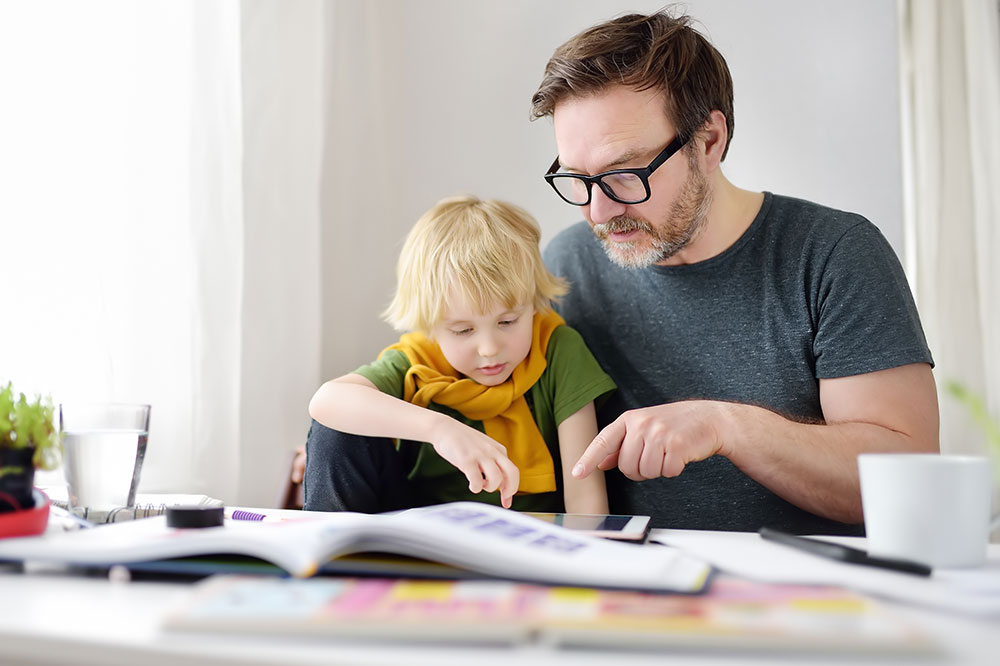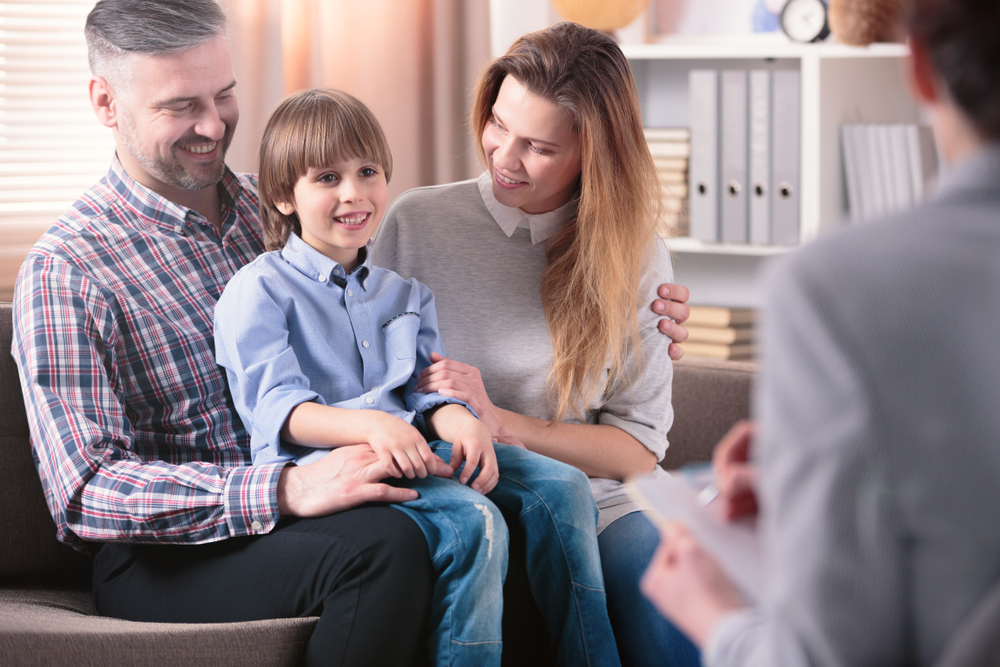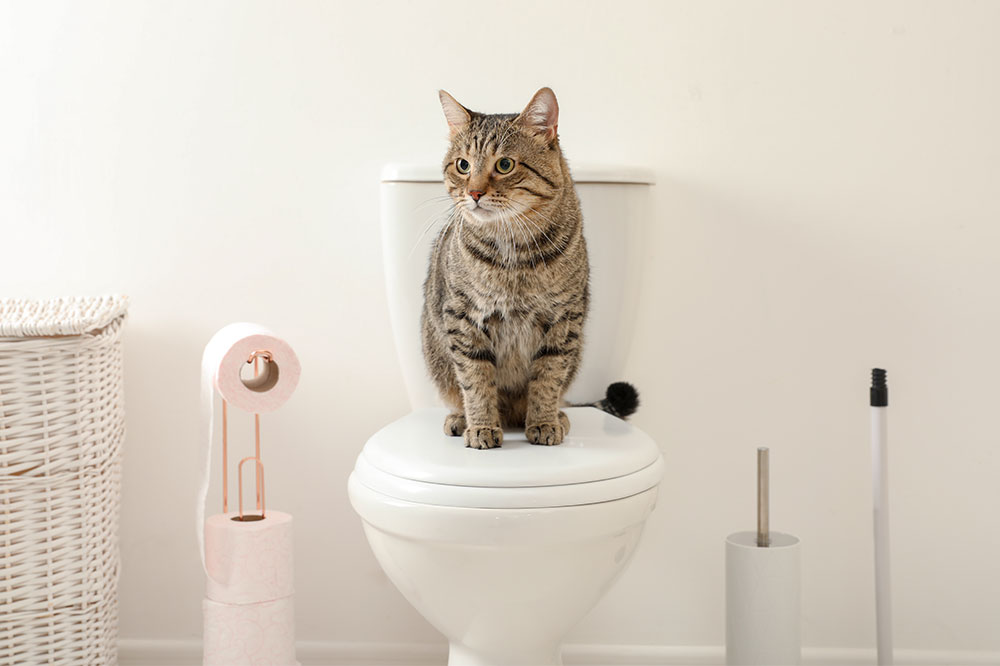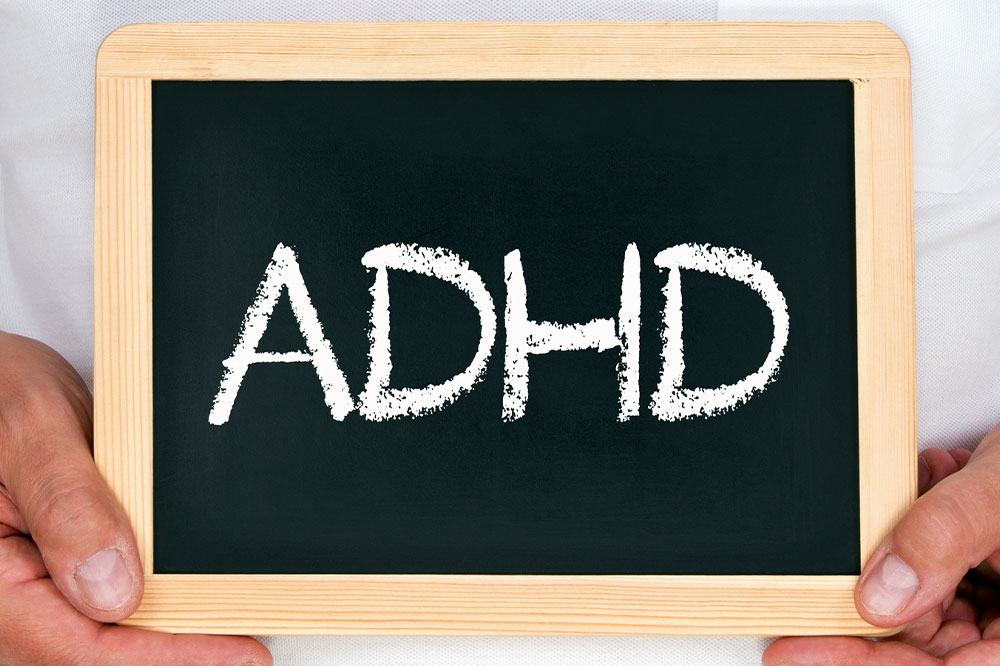Top Parenting Strategies for Managing ADHD in Children
Discover proven parenting strategies to support children with ADHD. From establishing routines to encouraging physical activity, these tips help reduce disruptive behaviors and foster a calm, structured environment for your child's growth and development.
Sponsored

Effective Strategies for Parenting Children with ADHD
Reinforce Positive Actions
Praise your child whenever they exhibit good behavior. Encouragement helps them understand which actions are acceptable. Conversely, communicate clearly when their behavior is inappropriate to set boundaries and expectations.
Establish a Consistent Routine
Creating a daily schedule provides predictability, which can reduce anxiety and distractions in children with ADHD. Consistency in activities such as homework, meals, play, and bedtime helps them feel secure. Simple tasks like preparing clothes for the next day can reinforce structure.
Simplify Tasks by Breaking Them Down
Large or complex tasks can be overwhelming. Breaking chores into smaller, manageable steps makes it easier for your child to complete them. For example, when cleaning their room, guide them through tasks like making the bed, folding clothes, and organizing toys separately.
Encourage Verbalization of Thoughts
Asking children to verbalize what they are thinking before acting helps increase self-awareness and impulse control. This technique gives them a moment to consider their actions and reduces impulsive behaviors.
Promote Physical Activities
Engaging your child in outdoor play and exercises can improve focus, reduce impulsivity, and lower anxiety. Activities like hiking or sports can channel their energy positively. Many athletes with ADHD have credited physical activity with helping them concentrate.
Maintain a Calm Demeanor
Your calmness influences your child's behavior. Responding with patience and composure teaches them to mirror your reactions. If you're feeling frustrated, take a moment to breathe before responding to help de-escalate stressful situations.






